- Replies 135
- Views 15.6k
- Created
- Last Reply
Top Posters In This Topic
-
 Dieselfuture 43 posts
Dieselfuture 43 posts -
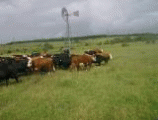 rancherman 19 posts
rancherman 19 posts -
 Mopar1973Man 13 posts
Mopar1973Man 13 posts -
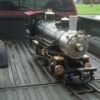 cbrew 12 posts
cbrew 12 posts


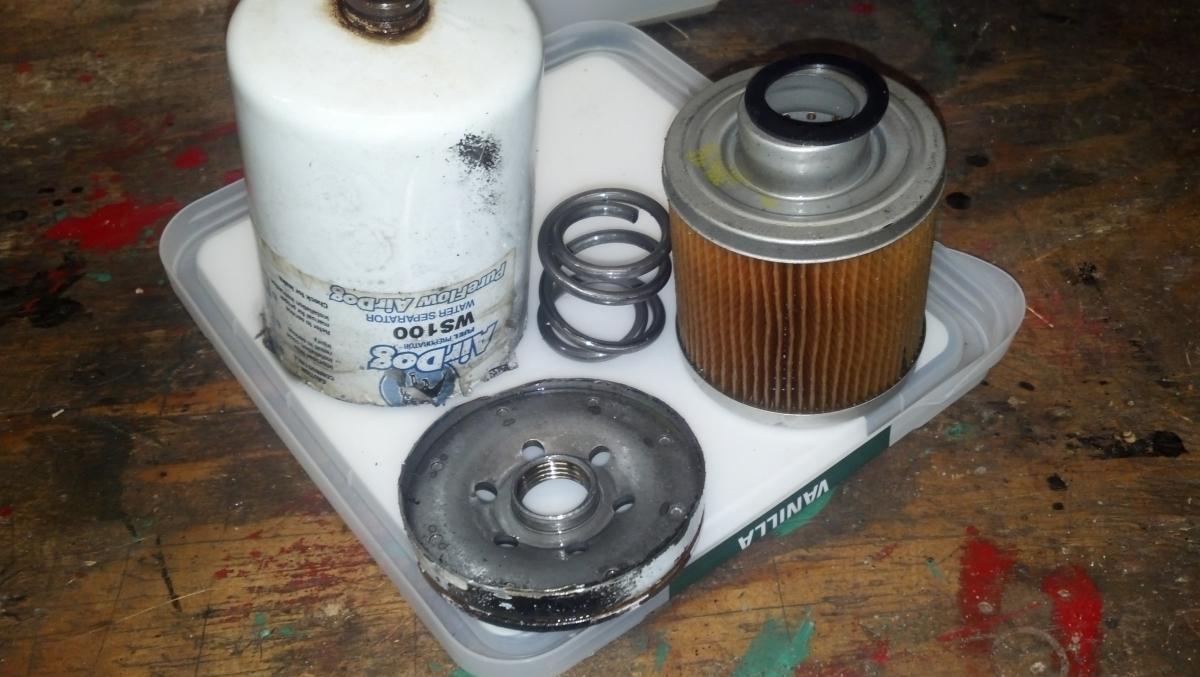
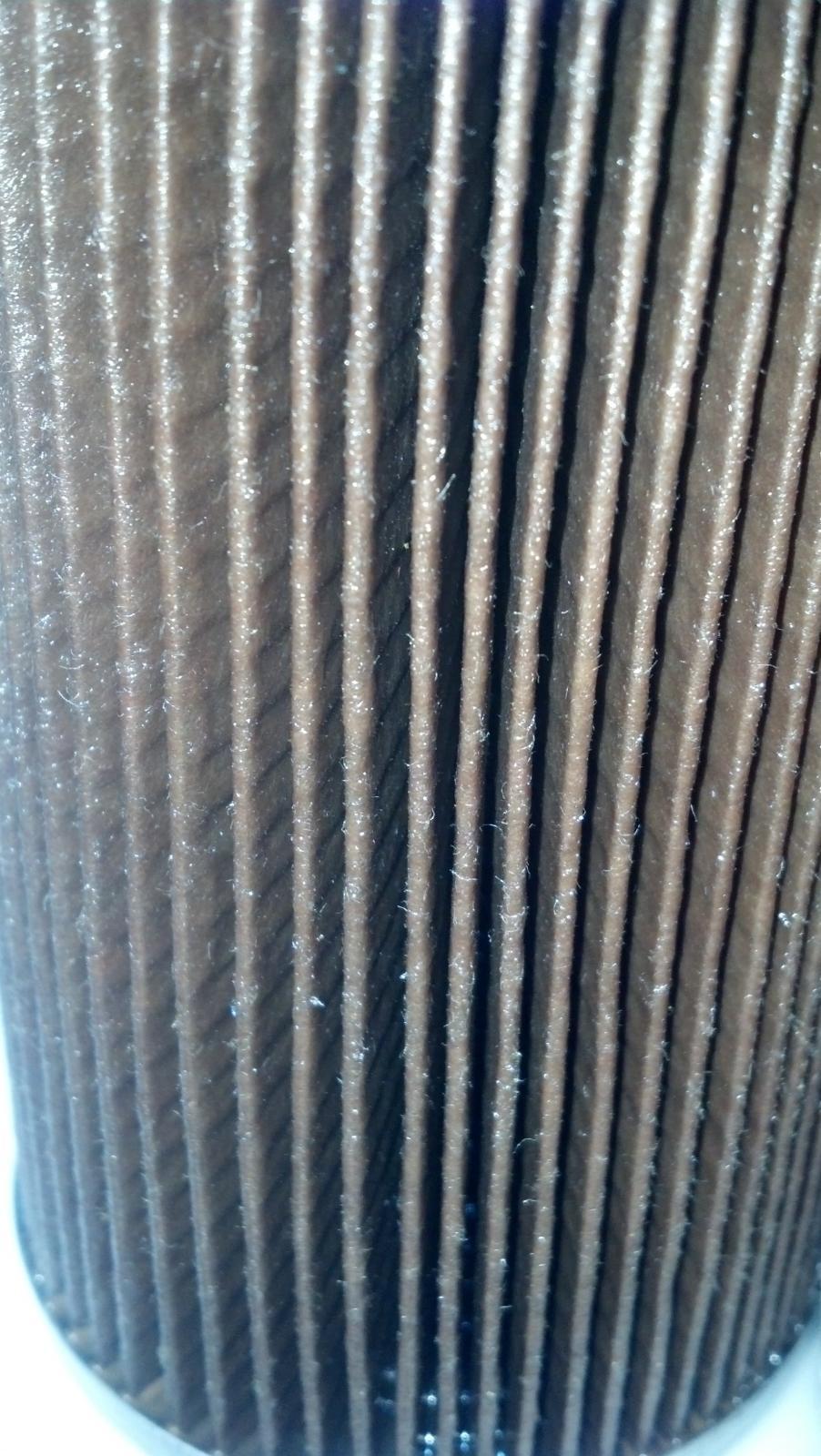

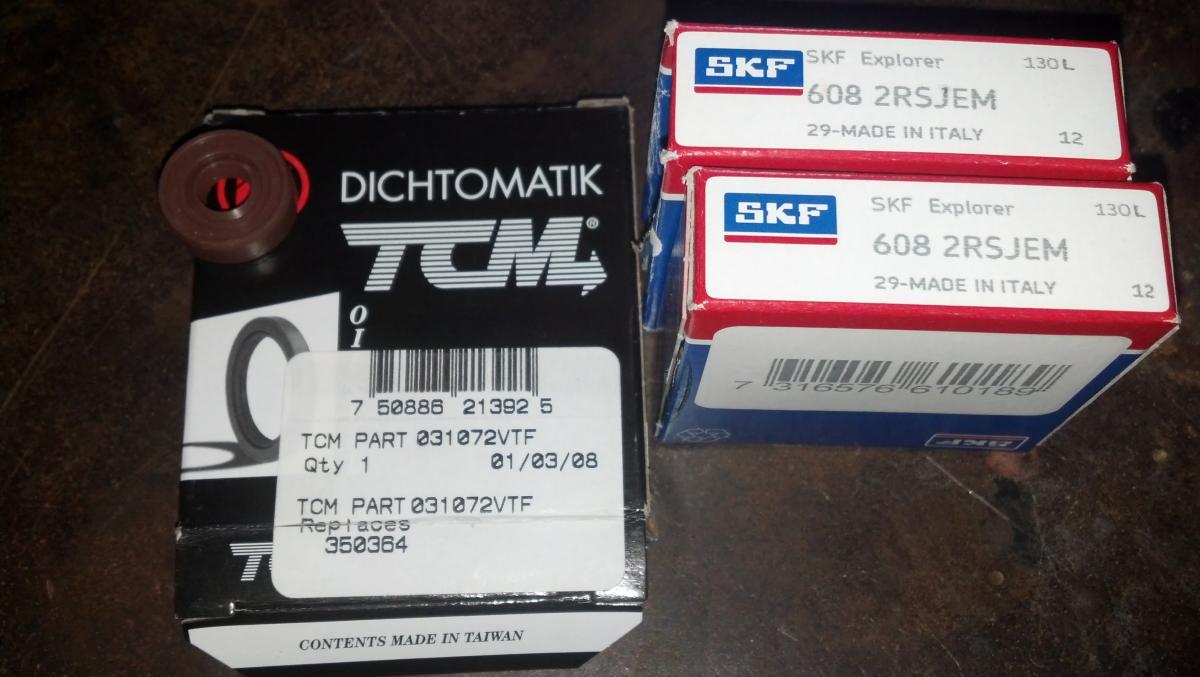
Back in 07 I bought a PF100 for an 01 24v that I had. In less than a year I was on my 3rd pump, (all covered under warranty). The first one burnt its self out due to being restricted, the second one quit due to a cheap o-ring that shrunk in the cold weather allowing the pump to suck air. The 3rd pump seemed to work alright but by then the blue fuel lines had started to show dry rot cracks. I ended up selling the truck not to long after that so I wasnt able to really put the pump to the test. To those who have and are currently running an Airdog, have you experienced an issues?
A few weeks ago I picked up a basically stock 02 24v and have been looking for lift pump replacement options. Naturally Airdog is the first name that comes to mind. I see now they have a few different models Is there any benifit with the Aridog II over the PF100? My over all goal for the truck is somewhere in the neighborhood of 475 ponies, and whatever torque figure that get me.